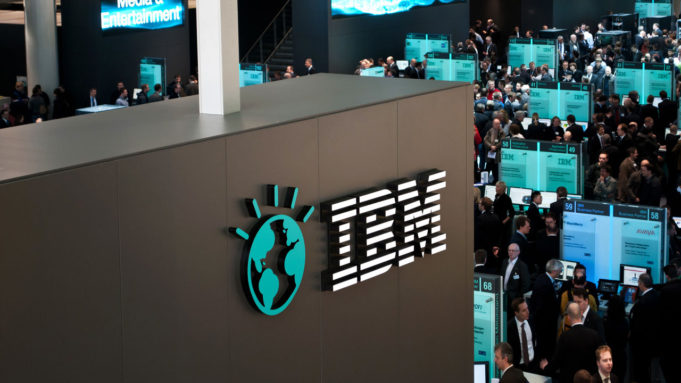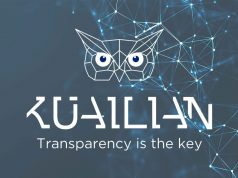IBM is about to unveil its first “commercial application” of Hyperledger’s open-source Fabric codebase.
Previously released in beta and scheduled for official release today, the offering – dubbed “IBM Blockchain” – is formally debuting in front of a group of 20,000 developers at the Interconnect conference. There, its first two major deployments will also be detailed.
One of those is a blockchain identity solution built with SecureKey, in which it will power a public-private partnership that saw six Canadian banks invest $27m. In addition, it will be revealed that a Chinese energy company is using the IBM Blockchain to create an exchange for trading carbon credits.
Currently available on IBM’s BlueMix cloud computing store, the commercial blockchain application will be available on a graded price scale based on the size of the implementation, with startups being charged less than enterprise builders.
The announcement comes after Fabric became the first of several open-source projects to emerge from the Linux Foundation-backed Hyperledger’s “incubation” period into “active” status.
Secured using IBM hardware security modules that cost on average about $10,000 per month for four nodes, IBM Blockchain gives users the ability to spin up blockchain networks with tailored governance models for onboarding new customers, supporting about 1,000 transactions per second, according to a statement.
Previously revealed clients that we now know are also using IBM Blockchain include the Bank of Tokyo-Mitsubishi UFJ, Everledger, Maersk, Northern Trust and Walmart.
At the conference, Toronto-based SecureKey will discuss an identity network built in partnership with Canadian banks BMO, CIBC, Desjardins, RBC, Scotiabank and TD Bank.
Using the platform, the banks will be able to share information about onboarding clients with one another – for a fee – while potentially also saving money by paying one another less than they currently pay credit agencies for the same information.
To develop the identity network, a group of regulators, including the Digital ID and Authentication Council of Canada (DIACC), the Command Control and a research center funded by the US Department of Homeland Security, took part in the project.
The second commercial-scale deployment revealed today involves Beijing-based Energy-Blockchain Labs Limited.
The firm announced what it described as the “world’s first blockchain-based green assets trading platform,” built with Hyperledger Fabric and deployed using IBM Blockchain.
The so-called “cap-and-trade” system allows companies a certain amount of carbon emissions, and lets them exchange those allowances with one another to incentivize the creation of policies and technologies that minimize emissions. But a lack of transparency in the system has resulted in fraud concerns, both in China and elsewhere.
Cuomo told CoinDesk the blockchain-based carbon credits exchange is designed to make it easier for companies that generate pollution to trade credits as part of the build-up to China’s transfer to a unified national market later this year.
It’s an application that has won the support of the Chinese government as well.
The director of China’s National Climate Change Strategy Research and International Cooperation Center, Li Junfeng, said in a statement:
“We must work to limit high energy consumption and high emission industries, encourage clean energy development and further promote energy saving and emission reduction. These tasks are not only necessary for China’s own sustainable development, but for the welfare of the entire human family.”
For any questions or recommendations, feel free to write us on hello@goforex.eu












